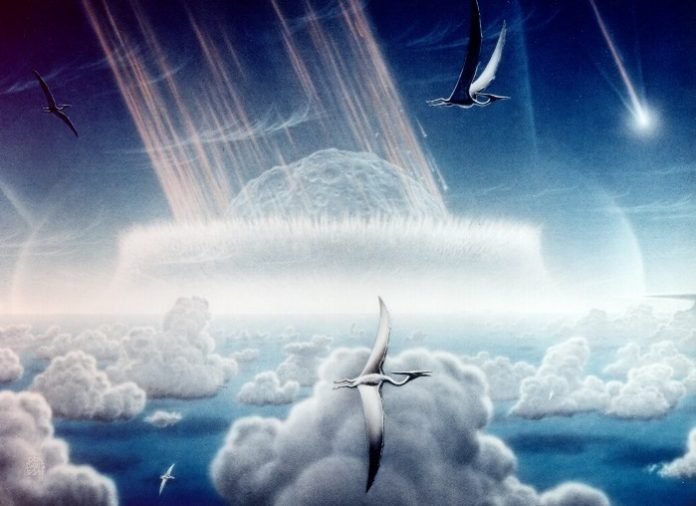
In 2013, Chelyabinsk meteor caused extensive ground damage and injuries when it exploded on impact with Earth’s atmosphere.
The meteor is not a big one. It is merely 17-20 meters across.
In a new study, NASA researchers have developed a new way to protect the Earth from such asteroids.
They used an effective way to detect these tiny near-Earth objects (NEOs) as they hurtle toward the planet.
Previous research has shown that detecting an object just a few days from the impact may limit scientists’ choices to prevent Earth impacts.
In this study, the team aimed to find a method to spot NEOs when they are further away from Earth.
This could provide much more time for humans to find the best solution.
But the challenge is that most NEOs are very small, very dark, and far away from the Earth in space.
That is why they designed the Near-Earth Object Camera (NEOCam) mission. It can help to find, track and characterize Earth-approaching asteroids and comets.
The mission is designed to using a thermal infrared camera to measure the heat of NEOs regardless of whether they are light or dark colored.
The thermal infrared camera is on the Near-Earth Object Wide-field Infrared Survey Explorer (NEOWISE) telescope.
This is different from previous efforts, which tried to detect incoming objects based on visible light.
The researchers suggest that asteroids and comets are warmed by the sun and so glow brightly at thermal wavelengths (infrared). This can make it easier to spot.
They also believe that examining the composition of asteroids will help to understand how the solar system was formed.
They suggest that some objects may be as old as the original material that made up the solar system and that they are quite diverse in composition.
Besides NASA, other space agencies are also trying to understand NEOs.
For example, the Japan Aerospace Exploration Agency’s (JAXA’s) Hayabusa 2’s mission aims to collect samples from an asteroid.
The leader of the study is Amy Mainzer from NASA’s asteroid-hunting mission at the Jet Propulsion Laboratory in Pasadena.
The study was presented at the American Physical Society April Meeting.
Copyright © 2019 Knowridge Science Report. All rights reserved.



